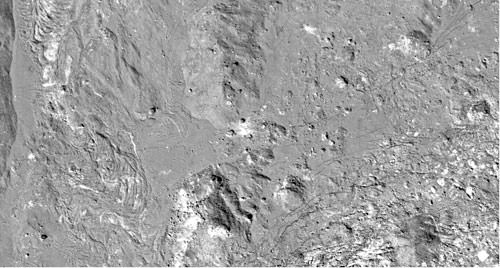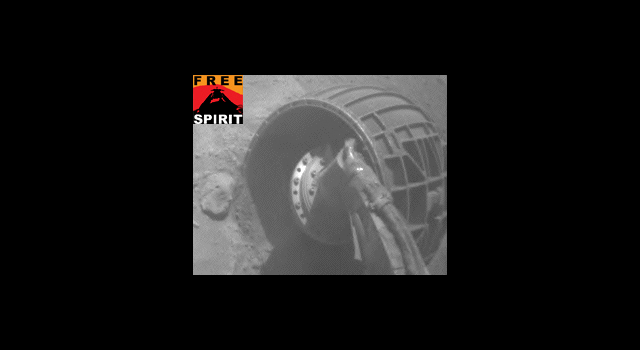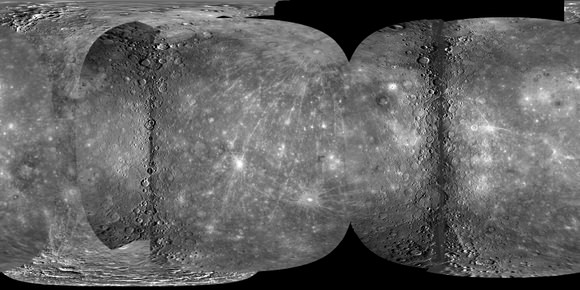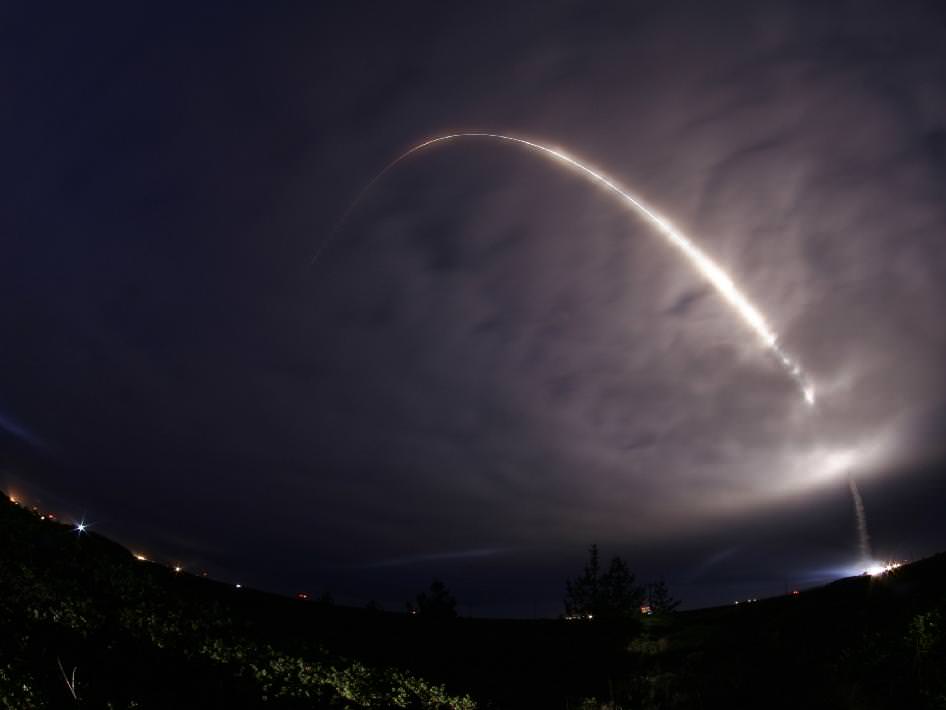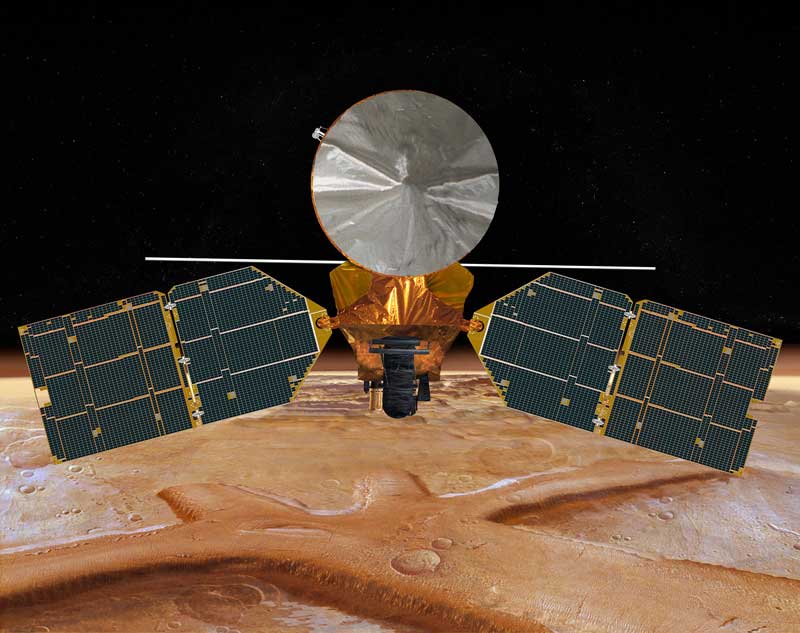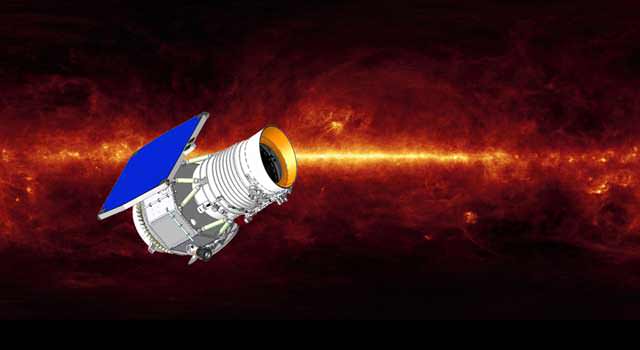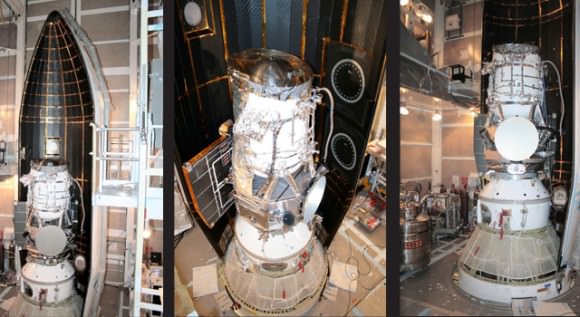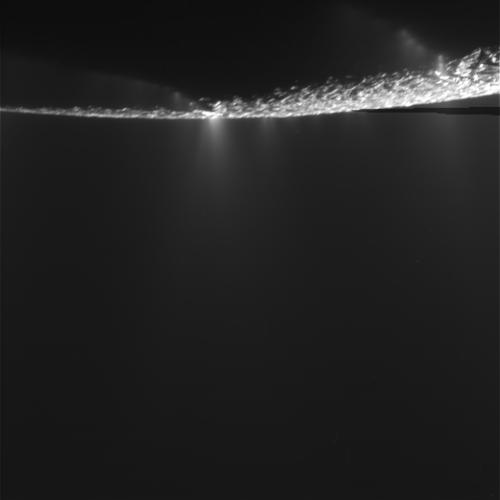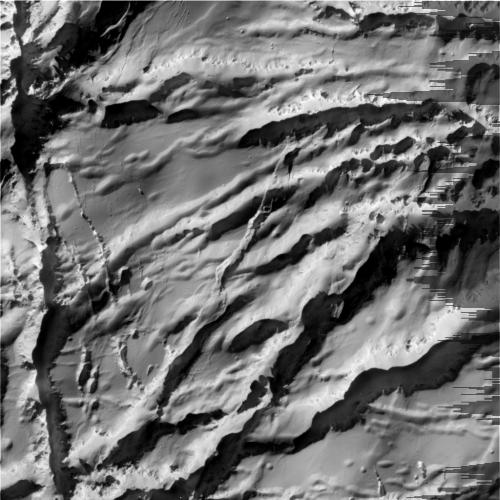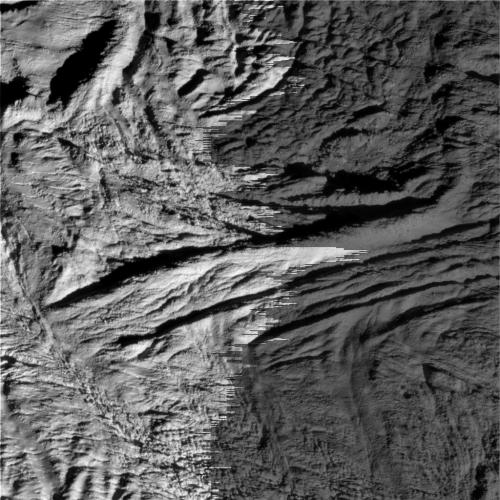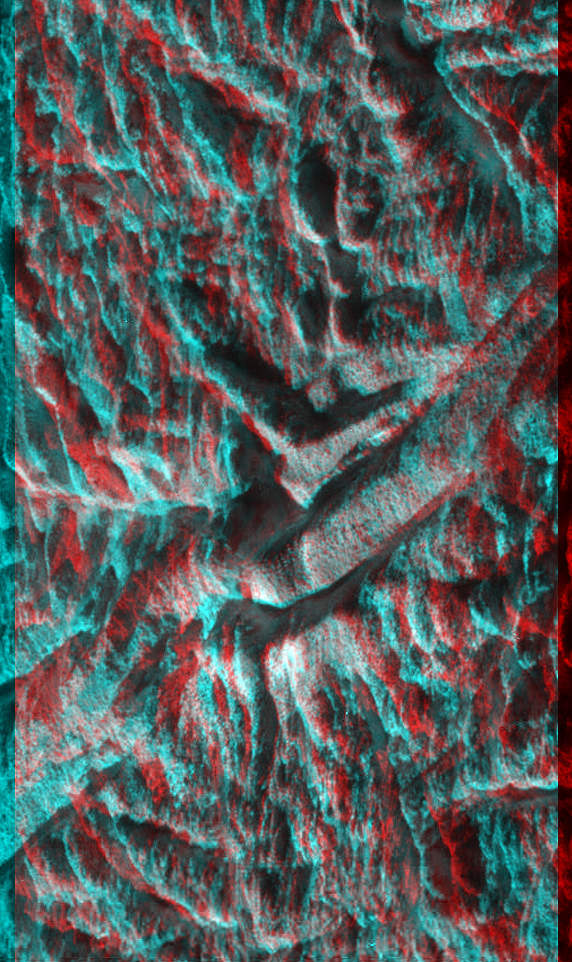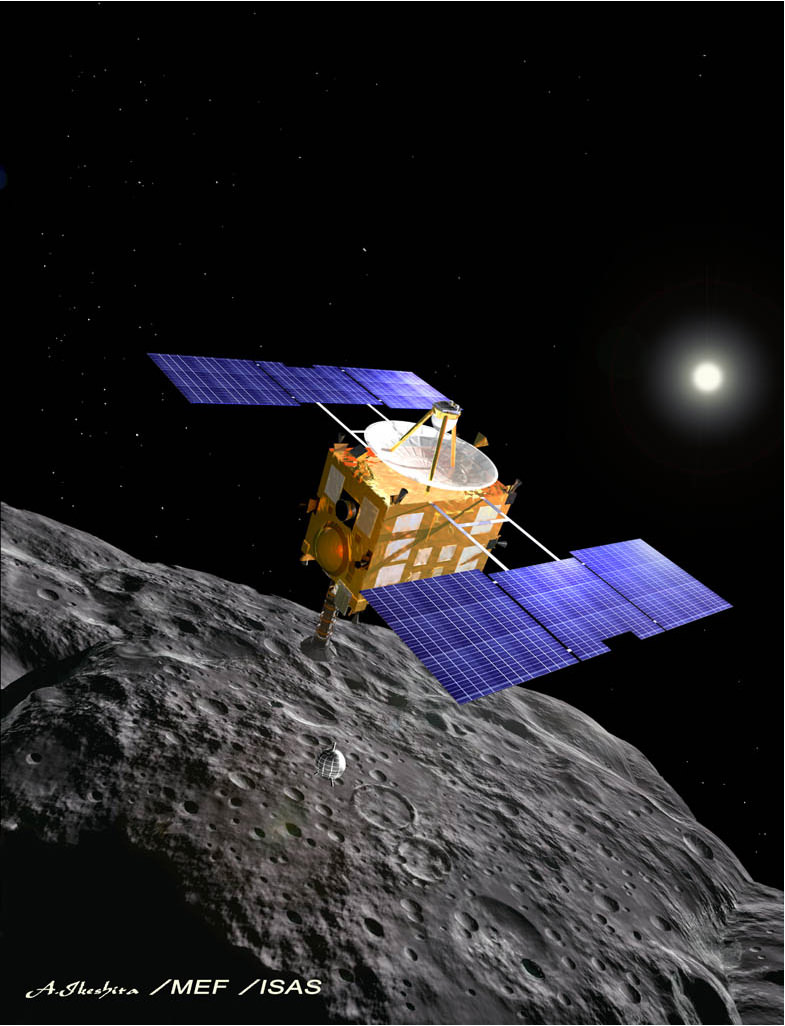[/caption]
The Lunar Reconnaissance Orbiter (LRO) is getting the closest look yet at the Moon from orbit, providing crucial insights to help prepare for a possible return of humans to the lunar surface. “There is a lot of natural beauty on the Moon,” said Mike Wargo, NASA’s chief lunar scientist, speaking at the American Geophysical Union meeting on Tuesday. “LRO is collecting data to support a return to the Moon, studying a diverse and representative set of sites selected on scientific, engineering, and resource potential and representative of the wide range of terrains present on the Moon.”
Scientists explained how various instruments on LRO are returning surprising data while helping scientists map the moon in incredible detail and understand the lunar environment.
LROC, or the LRO Camera, has now mapped in high resolution all the Apollo landing sites and 50 sites that were identified by NASA’s Constellation Program to be representative of the wide range of terrains present on the moon.
Some of the most intriguing images revisit the sites of humankind’s first forays beyond Earth orbit.
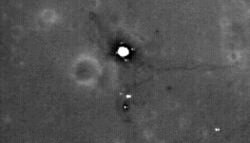
“Imaging the Apollo landing sites have served a practical purpose,” said Mark Robinson, LROC principal investigator, “as we are using them in lieu of stars to calibrate the LROC Narrow Angle Cameras. Plus these images are much more fun than stars, because we get to see where humans used to walk. It’s also much less stress on the spacecraft because you don’t have to slew in and out to look at the stars.”
Since the locations of the Apollo spacecraft and other hardware left by the astronauts are known to about nine feet absolute accuracy, Robinson said they can tie the Narrow Angle Camera geometric and timing calibration to the coordinates of the Apollo Laser Ranging Retroreflectors and Apollo Lunar Surface Experiments Packages. “This ground truth enables more accurate coordinates to be derived for virtually anywhere on the moon. Scientists are currently analyzing brightness differences of the surface material stirred up by the Apollo astronauts, comparing them with the local surroundings to estimate physical properties of the surface material. Such analyses will provide critical information for interpreting remote sensing data from LRO, as well as from India’s Chandrayaan-1, and Japan’s Kaguya missions.”
Robinson said the soil compacted by the Apollo astronauts and lunar rovers is darker than undisturbed soil. “Disturbing the soil changes the brightness by a factor of two,” he said.
LRO’s Diviner instrument has discovered that the bottoms of polar craters in permanent shadow can be brutally cold. Mid-winter nighttime surface temperatures inside the coldest craters in the north polar region dip down to 26 Kelvin (416 below zero Fahrenheit, or minus 249 degrees Celsius). “These are the coldest temperatures that have been measured thus far anywhere in the solar system. You may have to travel to Kuiper Belt to find temperatures this low” said David Paige, principal investigator for the Diviner Lunar Radiometer Experiment. “The temperatures we are observing both day and night are way cold enough to preserve water ice for extended periods, as well as a wide range of compounds such as carbon dioxide and organic molecules. There could be all kinds of interesting compounds trapped there.”
Paige also noted that it turns out the moon does have seasons. “The Moon has a tilt of 1.54 degrees, so at most latitudes the lunar seasons are hardly noticeable,” he said, “but at Polar Regions, there are significant variation in shadows and temperatures because of this tilt.”
The Cosmic Ray Telescope for the Effects of Radiation, or CRaTER, is measuring the amount of space radiation at the Moon to help determine the level of protection required for astronauts during lengthy expeditions on the moon or to other solar system destinations.
“This surprising solar minimum, or quiet period for the sun regarding magnetic activity, has led to the highest level of space radiation in the form of Galactic Cosmic Rays, or GCRs, fluxes and dose rates during the era of human space exploration,” said Harlan Spence, principal investigator the CRaTER instrument. “The rarest events – cosmic rays with enough energy to punch through the whole telescope – are seen once per second, nearly twice higher than anticipated. Crater radiation measurements taken during this unique, worst-case solar minimum will help us design safe shelters for astronauts.”
GCRs are electrically charged particles – electrons and atomic nuclei – moving at nearly the speed of light into the solar system. Magnetic fields carried by the solar wind deflect many GCRs before they approach the inner solar system. However, the sun is in an unusually long and deep quiet period, and the interplanetary magnetic fields and solar wind pressures are the lowest yet measured, allowing an unprecedented influx of GCRs.
Scientists expected the level of GCRs to drop as LRO got closer to the moon for its mapping orbit. This is because GCRs come from all directions in deep space, but the moon acts as a shield, blocking the particles behind it across about half the sky in close lunar proximity.
“But surprisingly, as we went closer to surface, amount of radiation decrease did not happen as quickly as predicted,” said Spence. “The difference is that the Moon is a source of secondary radiation. This is likely due to interactions between the Galactic Cosmic Rays and the lunar surface. The primary GCRs produce secondary radiation by shattering atoms in the lunar surface material; the lunar surface then becomes a significant secondary source of particles, and the resulting radiation dose is thereby 30-40 percent higher than expected.”
But Spence said the amount of radiation shouldn’t be a showstopper, as far as future human missions to the Moon. The amount of radiation, even at its highest, is comparable to US yearly exposure limits for people with occupational exposure such as x-ray technicians or uranium miners.
The team also wants to see what the radiation environment on the Moon is like during an active solar cycle – but they might have to wait awhile.
“We’re eager to see a big solar flare, so we can evaluate the hazards from solar-generated cosmic rays, but we’ll probably have to wait a couple years until the sun wakes up,” said Spence.
Wargo said the LRO findings emphasizes the importance of engaging the scientific community for exploration. “The work being done in heliophysics areas is important to keeping astronauts safe,” he said, “as well as being able to model the activity of the sun and the generations of energetic solar particles. One of the ‘holy grails’ would be to be able predict the the Sun’s activities and be able to give an ‘all clear’ of how many days when astronauts could be on an EVA and what the likelihood of solar energetic particles being emitted from the sun. The work we are doing to enable exploration is helping our scientific understanding.”
LRO is expected to return more data about the moon than all previous orbital missions combined.
Source: AGU Press conference, press release

